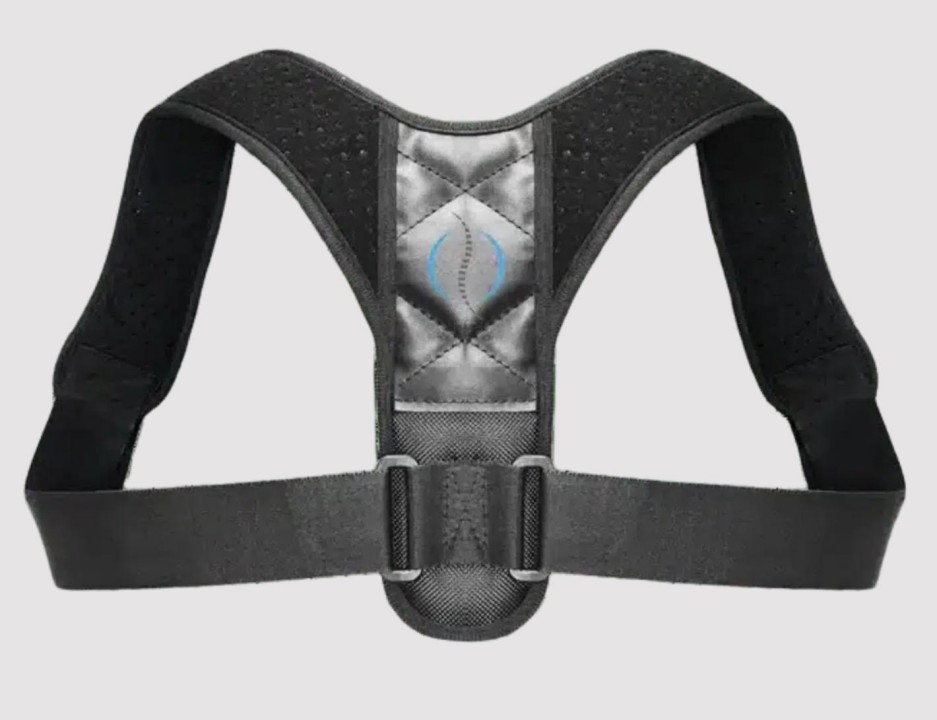When evaluating spinal disc replacement and spinal fusion for back pain relief, the cost is a significant factor to consider. While both procedures offer their benefits, they each involve distinct financial aspects, including surgical costs, recovery expenses, long-term maintenance and potential follow-up care. Dr. Larry Davidson, an experienced spinal specialist, provides insights into the key cost factors associated with both spinal disc replacement and spinal fusion, helping patients make informed financial decisions that suit their health needs and budget.
Upfront Surgical Costs
One of the primary cost considerations is the upfront surgical expense. For spinal disc replacement, costs in the United States often range between $20,000 and $50,000, influenced by factors like the type of artificial disc and specialized equipment. Artificial discs involve advanced materials and engineering, which contribute to the higher price. In comparison, spinal fusion surgery generally has lower upfront costs, typically ranging from $15,000 to $40,000. However, if the procedure involves multiple levels of fusion or specialized hardware, costs can rise significantly. Both procedures are commonly covered by insurance, but coverage details may vary, particularly for newer artificial discs. Confirming insurance details beforehand is essential to avoid unexpected expenses.
Hospital and Surgeon Fees
Hospital and surgeon fees also constitute a large portion of the total cost for either procedure. D Disc replacement can sometimes incur higher operating room fees due to the potential need for advanced imaging and robotic assistance. Hospital stays vary by procedure, potentially affecting facility costs. Surgeon fees are influenced by the complexity of the surgery and the surgeon’s experience, with disc replacement often requiring specialized skills that can increase costs relative to fusion. Anesthesia fees are generally comparable between the two procedures but can vary based on hospital pricing structures and the length of the surgery.
Recovery and Rehabilitation Expenses
Recovery and rehabilitation costs are additional factors that can differ between disc replacement and fusion. Physical therapy following disc replacement may be shorter, often lasting around 6–8 weeks, whereas fusion patients may require several months of therapy. Some fusion patients may also require braces or support during recovery, adding to the total expense. Additionally, lost wages during recovery are an important consideration, as disc replacement often has a faster recovery time, allowing patients to return to work sooner. Fusion patients might need a more extended break from work, potentially impacting income for those without access to extended sick leave or disability coverage.
Long-Term Costs and Maintenance
Long-term costs and maintenance are essential to consider when comparing disc replacement and fusion, as each procedure has distinct implications for future treatment and potential complications. Patients who undergo spinal fusion face a higher likelihood of requiring additional surgeries due to Adjacent Segment Disease (ASD), a condition where stress from the fused area causes nearby discs to degenerate. These revision surgeries can add significant costs over time. Disc replacement may carry a lower risk of ASD, which could reduce the likelihood of future surgeries. Additionally, artificial discs are designed to last 10–20 years or more, making them a viable long-term solution for many patients, while fusion hardware like rods and screws may require periodic monitoring. Both procedures involve follow-up imaging costs to ensure ongoing effectiveness, but fusion patients may have a greater need for long-term pain management, which can increase costs if chronic pain persists.
Insurance Coverage and Out-of-Pocket Costs
Insurance coverage and out-of-pocket expenses are key factors for most patients. Many insurers require pre-approval for spinal disc replacement, as it’s a newer procedure, which helps patients understand their coverage and potential expenses in advance. Patients should review their deductible and out-of-pocket maximum, as out-of-pocket costs may vary depending on individual coverage. Some patients may choose a surgeon or facility outside of their insurance network, increasing costs. However, many insurers offer partial coverage or negotiated rates for out-of-network care, so it is worth exploring options to balance cost with quality of care.
Additionally, patients may benefit from consulting their insurance provider about coverage for follow-up care, including physical therapy and imaging, to better understand potential long-term expenses. In some cases, insurers may cover a significant portion of initial surgical costs but offer limited coverage for rehabilitation or ongoing imaging needs.
For patients with high out-of-pocket costs, medical loan programs or Flexible Spending Accounts (FSAs) can be helpful financial tools. These programs can help spread out expenses, making the procedure more manageable financially. It’s also beneficial to ask the hospital or surgeon’s office if they offer any payment plans or financial assistance programs, especially if costs exceed what insurance will cover. Understanding all available financial options and working with the provider on a plan can help ease the overall financial burden. Many patients find that thoroughly reviewing their insurance policy and exploring financial support options helps them make a confident, informed choice regarding their spinal care.
Comparing Long-Term Value and Quality of Life
When considering cost, it’s essential to look at the long-term value of each procedure, as both affect quality of life differently. Disc replacement generally preserves spinal mobility, which allows patients to maintain an active lifestyle and can reduce future health costs related to movement restrictions. In contrast, fusion limits movement, which may lead to other musculoskeletal issues or increased medical expenses over time.
For those with physically demanding jobs, disc replacement may provide a quicker and more practical path back to work, while fusion may impose more restrictions, affecting long-term income and activity levels. Patient satisfaction may be higher with disc replacement, as it allows for greater motion and comfort, which could contribute to fewer follow-up visits and potentially lower lifetime healthcare expenses.
When deciding between spinal disc replacement and fusion, cost considerations go beyond the initial procedure. Recovery expenses, long-term maintenance and the potential impact on income due to recovery time are all essential factors. While disc replacement may have higher upfront costs, it may lead to a quicker recovery and could potentially reduce long-term expenses related to future surgeries and mobility. Dr. Larry Davidson remarks, “Minimally invasive spinal surgical techniques have resulted in a decrease in the length of certain surgeries, hospitalization time, potential for postoperative infection and readmissions to the hospital. All of this results in improved patient satisfaction.” By understanding these financial aspects and consulting with their insurance providers, patients can make informed decisions that align with their health needs and financial goals, ensuring the best possible outcome for their spinal health.






